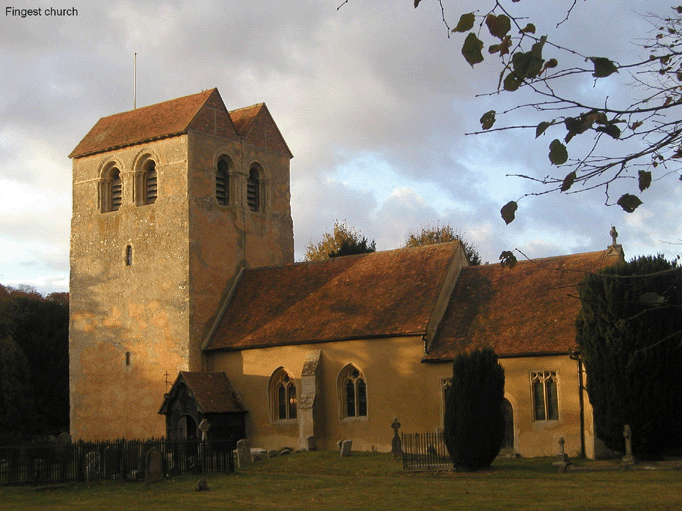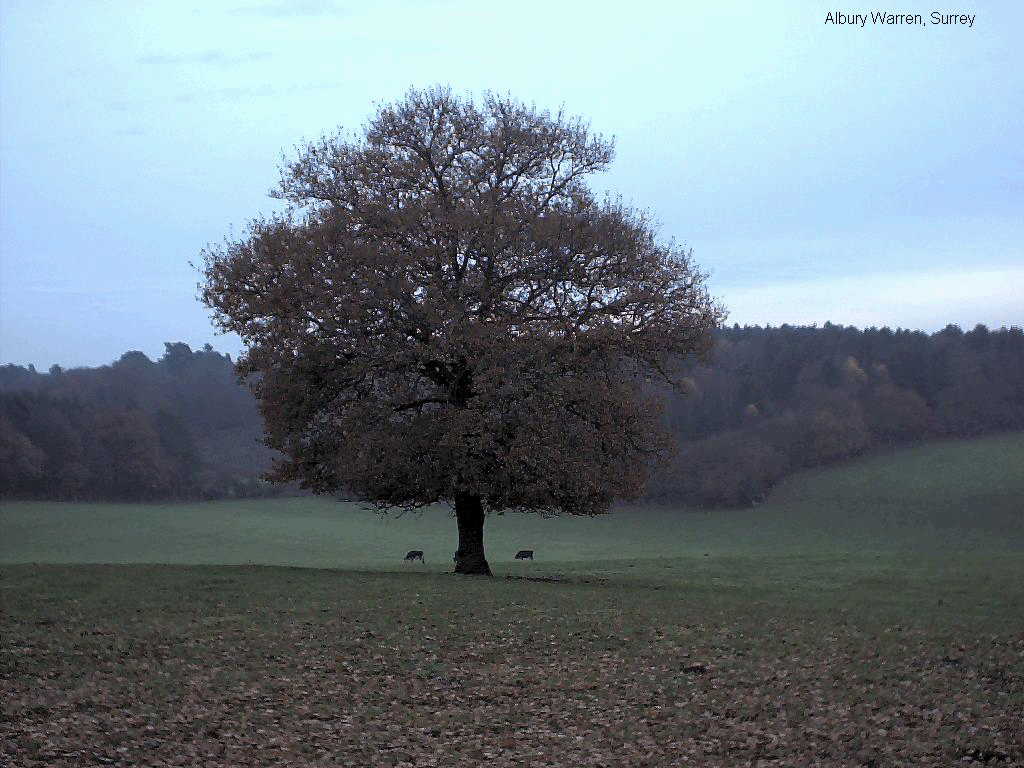


This page explains the level of ease or difficulty assigned to each walk. It is important to take into account also the season, the length and the complexity of a walk (see below).
Easy means that the paths are generally smooth and level with few gradients. There is also a Very easy level meaning practically no gradients or mud at all, such as walking in the town.
Moderate means that there are some steep gradients, likely to require a reasonable level of fitness, or persistent heavy stony ground.
Challenging means that there is some climbing or scrambling involved, requiring strong boots and a hiking pole. At this time (Feb 2017) this site has no challenging walks (although one is easy-to-challenging).
There are also intermediate levels, in particular Easy-to-Moderate and Moderate-to-Easy.
It is very important to understand that the level of difficulty only applies to the terrain beneath your feet. It does not take into account season, length and complexity.
To assess a walk, you need to take into account:
Season. Walking is more difficult in a wet winter or when muddy conditions are likely to prevail in the country.
Length. You need to note the length of the walk and combine this with the level of difficulty, because the level is irrespective of length. So, for instance, a 40-mile walk along the Thames Path would be graded as easy.
Complexity. You must judge how complex the walk is from the map and the number of twists and turns in the directions. For some, as long as the directions are well-written (as they invariably are on this website), complexity does not make the walk any harder: it might make it more enjoyable. If you find following directions a distraction or a challenge, then complexity must be factored in.